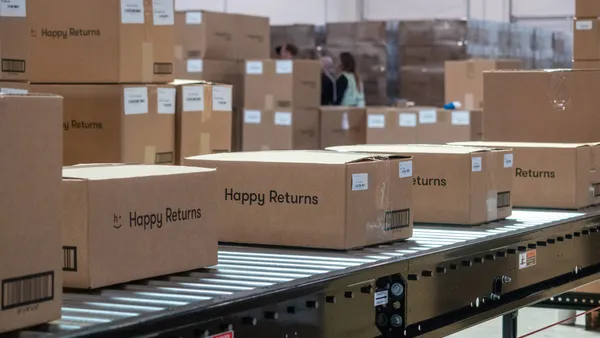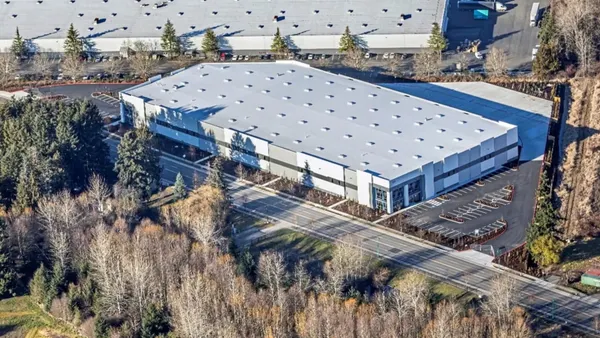Dive Brief:
- The fire at Gap’s Fiskill, NY warehouse last Monday will significantly slow Gap's distribution this holiday season, forcing a major setback upon the company.
- The Fiskill warehouse was its largest fulfillment center, which serviced about 10% of Gap’s orders. The company has been working on alternative plans to distribute orders to two other warehouses in Ohio and Tennessee.
- Inbound deliveries are still going through Fiskill and are being stored in temporary trailers at the warehouse. To ease the load on its other warehouses, Gap is increasing shipments directly from stores to reduce some of the pressure on its other distribution centers.
Dive Insight:
Warehouse fires' impact on supply chains go beyond the immediate property loss and logistics challenges: the unanticipated disruption can severely diminish companies' cash reserves as companies hire additional services to retain competitiveness and minimize effects on fulfillment and turnaround times.
However, warehouse fires are of the most commonplace, and expensive, disruptions. The National Fire Incident Reporting System sites approximately 1,210 warehouse fires every year, recording roughly $155 million in total property damage from 2009 to 2013.
The Hamilton Group, a fire protection engineering firm, attributes the increased threat to risks of electrical malfunctions and large volumes of wood pallets to feed the flames, meanwhile recommending empty pallets be stored outside or in specialized structures.
In addition, an Inbound Logistics analysis adds the recent emphasis on Lean supply chains — which calls for goods to be concentrated in larger warehouses — has also increased the loss rates from warehouse fires by reducing the available "buffer" inventory to mitigate the effects of such disasters.
Gap's Fiskill warehouse accounted for more than 30% of the company's total distribution space.












